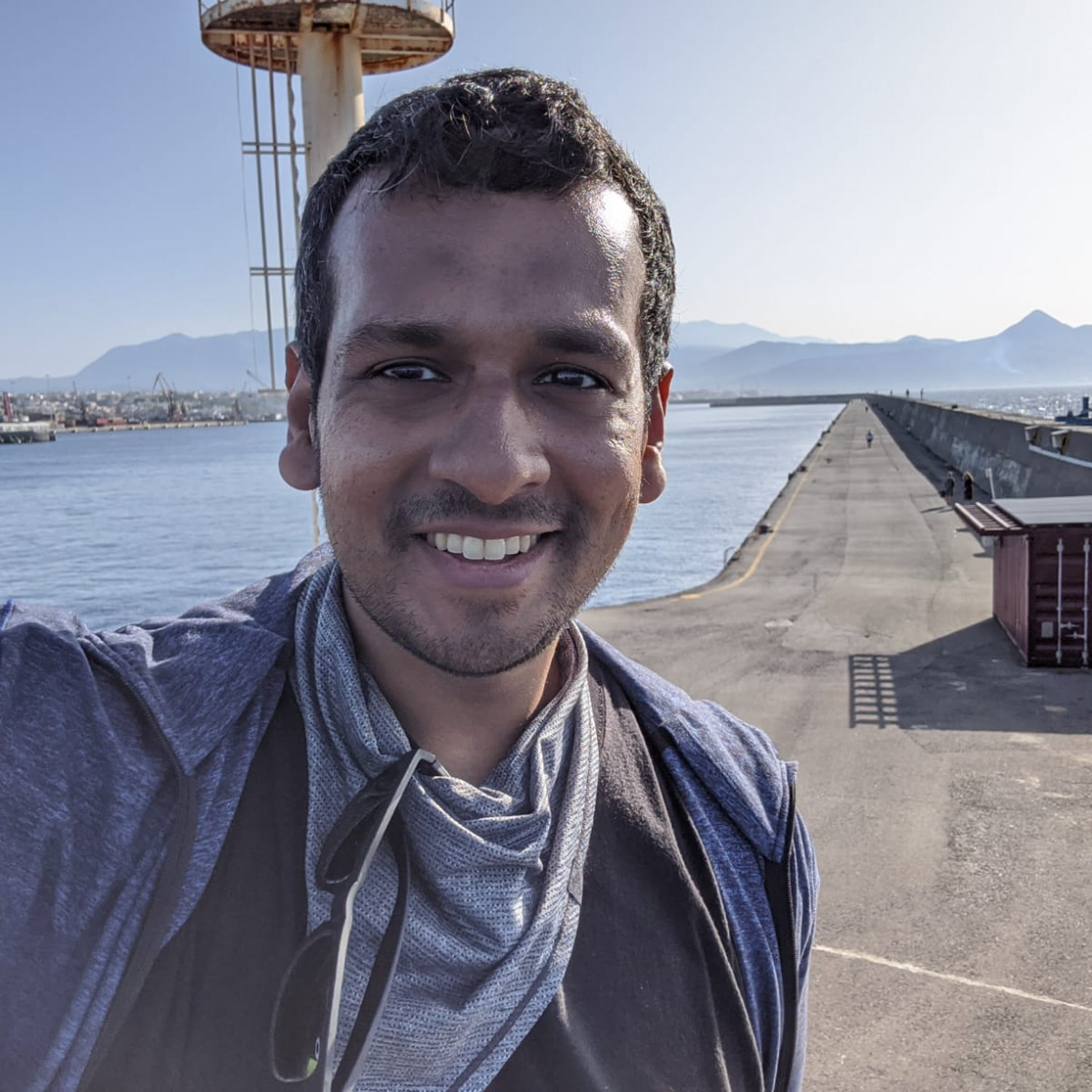It’s worth remembering why banks are actually performing SMS verification, as not many people know all of the use-cases, and coming up with a solution to keeping your number while traveling may break one or more of these - Which is more likely to get your payments flagged for suspicious traffic.
The obvious one:
2FA - Banks want to perform some kind of two factor authentication, so they send the one time password via an SMS, which you enter back on a portal.
However more often these days banks are also using this to perform:
Location Checks - When a bank sends you an SMS they’re generally able to do it in a way that gives them a current location for that Phone/SIM, I’m not talking about an accurate GPS location, but they’re able to see which mobile network and country you’re currently roaming on.
As you can guess, if they see your card getting used in the USA, but your mobile number is currently roaming in the UK, they’re more likely to block that transaction as it simply looks strange.
SIM Swap Identification - Similar to the location one, part of the process for sending an SMS provides some basic SIM information back to the sender. So if you’ve sent an SMS before, you can compare the SIM information and see if the SIM card has physically changed. This would be a clear suggestion of SIM cloning, man in the middle attacks or social engineering if this got triggered, especially with an odd location match as well.
The above can be one of the reasons why virtual numbers from someone like Twilio can be problematic, personally I would use real pre-pay SIM from your home country (or where the bank account is located) and have it in a cheap phone for this kind of SMS, just top up with a few £/$ every 3-4 months to keep it active.

























 – I can stop searching the internet now, get back to work
– I can stop searching the internet now, get back to work  . And later go find the cheapest phone in Bangkok – if people ask me I can finally say: “it’s a burner
. And later go find the cheapest phone in Bangkok – if people ask me I can finally say: “it’s a burner 






































